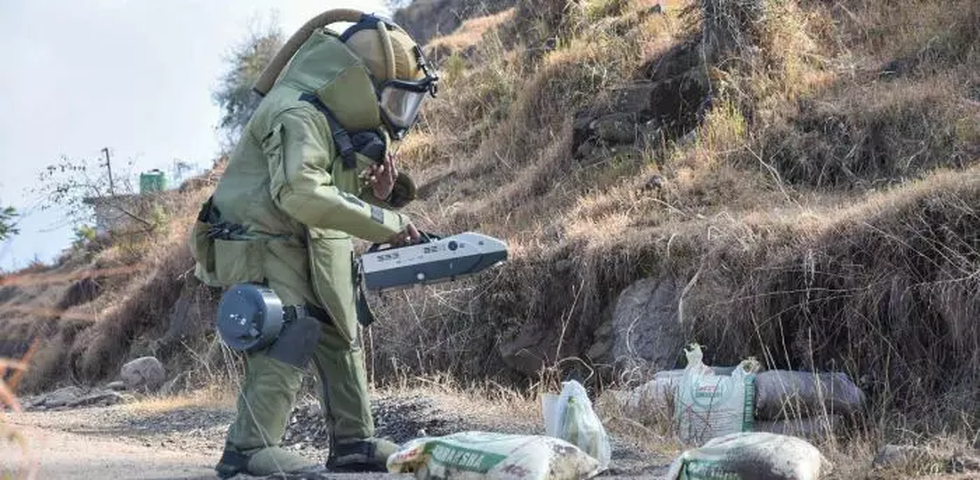On March 1, an explosion occurred at Rameshwaram Cafe in Bengaluru’s Whitefield area. At least nine people were injured in the incident.
Possible Cause
- Karnataka Chief Minister Siddaramaiah ruled out a gas leak.
- CCTV footage showed a man placing a bag in the cafe, suggesting an improvised explosive device (IED) as the cause.
Understanding Improvised Explosive Devices (IEDs)
- Definition: IEDs are homemade bombs with various forms and levels of sophistication.
- Components:
- Initiator or triggering mechanism
- Switch for arming
- Main charge for explosion
- Power source for electric initiator
- Container
- Enhancements:
- Additional materials like nails, glass, or metal fragments
- Hazardous materials such as toxic chemicals
- Materials Used:
- Fertilizers like ammonium nitrate and urea nitrate
- Gunpowder
- Hydrogen peroxide
- Purpose:
- Inflict damage and casualties
- Used as distractions in active war zones
- Trade-offs:
- Smaller bombs are easier to hide but less damaging
- Larger bombs are more destructive but harder to conceal and deploy
Notable Instances
- 1993 Mumbai serial blasts
- 2008 Jaipur blasts
- 2006 Jama Masjid bombings
- 2013 Bodh Gaya bombings
- Commonly used by Maoist insurgents and Kashmiri militants
Multiple Choice Questions (MCQs):
- What was the possible cause of the explosion at Rameshwaram Cafe in Bengaluru?
- A) Gas leak
- B) Improvised Explosive Device (IED)
- C) Electrical malfunction
- D) Structural collapse
- Which of the following is NOT a component of an IED?
- A) Initiator
- B) Main charge
- C) Safety switch
- D) Power source
- What materials are commonly used to build IEDs?
- A) Plastic and rubber
- B) Ammonium nitrate and urea nitrate
- C) Aluminum and steel
- D) Glass and ceramics
- What is a notable trade-off associated with the size of IEDs?
- A) Smaller bombs are easier to detect
- B) Larger bombs are easier to conceal
- C) Smaller bombs are more damaging
- D) Larger bombs are harder to deploy
